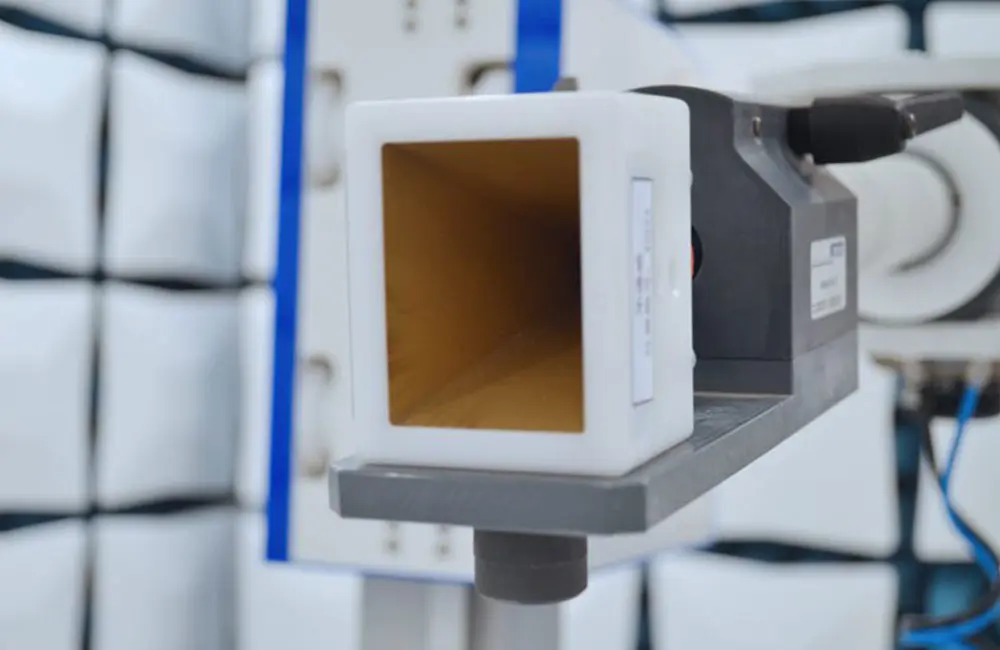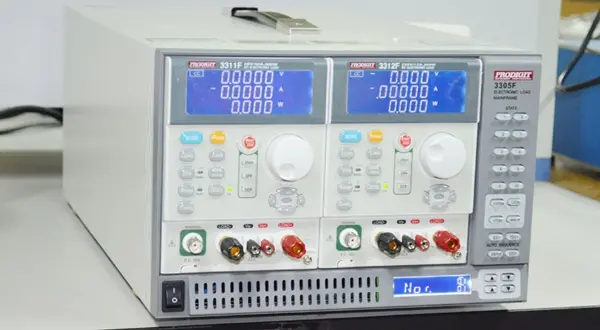
Introduction to Drone FCC Certification in the USA
Drones, or unmanned aerial vehicles (UAVs), dominate over 80% of the U.S. market share for Chinese drone brands, with DJI, Haoxin, and Daotong ranking first, third, and sixth in sales, respectively. In addition to safety certifications, drones also require wireless functionality, necessitating FCC certification for exports to the United States. The FCC certification is a mandatory product certification in the U.S. aimed at wireless and communication electronic products. Different products have different certification options, and the FCC certification includes various types for testing electromagnetic compatibility and radiation. According to the FCC 22-84 announcement on February 6, 2023, obtaining FCC certification for drones also requires the provision of U.S. agent information. Thus, exporting drones to the U.S. requires: safety certification + FCC certification + U.S. agent.

Standards for Drone FCC Certification:
1. fcc part 15
- Scope: Applies to radio frequency devices intended for sale or use in the U.S. market, including the radio transmission modULes of drones, such as remote controls and Wi-Fi modules.
- Requirements: Devices must meet FCC Part 15 electromagnetic interference requirements, particularly regarding transmission power control, spectrum use, and avoiding interference with legitimate communications.
- Testing Items:
- Radio transmission frequency range
- Transmission power
- Electromagnetic compatibility (EMC)
2. FCC Part 87
- Scope: If the drone has aviation radio capabilities (e.g., airborne communication devices), it must comply with FCC Part 87, especially for aviation communication frequency bands.
3. FCC Part 95
- Scope: Pertains to personal wireless service devices. If the drone's radio module is classified as a personal wireless service device (e.g., certain low-power unauthorized radio devices), it must meet FCC Part 95.
4. fcc part 90
- Scope: If the drone is used for specific industries or professional purposes (e.g., public safety, industrial wireless communication), it may need to adhere to the frequency management and authorization requirements outlined in FCC Part 90.
5. RF Exposure
- If the drone has high transmission power, the FCC will also require compliance with RF exposure limits to ensure no adverse health effects on humans.
6. Device Authorization Process
- The radio transmission devices of drones usually need to undergo Certification or Declaration of Conformity (DoC).
- If the drone's transmission power is low and falls within the exemption range, it may only need to meet FCC's self-compliance declaration.
7. Other Potentially Relevant Standards
- ANSI C63.4: Testing methods for electromagnetic compatibility for wireless devices, typically used for FCC Part 15 devices.
- ANSI C63.10: Specific testing methods for wireless communication devices.
fcc certification process:
1. The client fills out an application form.
2. The client signs a testing contract with our company.
3. Samples are sent to our laboratory for testing, along with electrical schematics and operational descriptions.
4. Once the laboratory tests are passed, our company issues a certificate and report.
5. Upon obtaining FCC certification, the company can use the FCC mark on the product.
Documentation Submission:
1. User manual
2. Block diagram
3. Operation description
4. Circuit schematic
5. RF modulation
6. Rated power declaration
7. TCB Form 731
8. Power of Attorney (POA)
9. FCC confidentiality letter
Note: The fcc id certification requires the following documentation:
1. FCC Application Form: Accurate details about the applying company, including name, address, contact person, product name, model, and applicable standards.
2. FCC Authorization Letter: Must be signed and stamped by the contact person of the applying company and scanned into an electronic document.
3. FCC Confidentiality Letter: An agreement for confidentiality between the applying company and the TCB, signed and stamped by the contact person and scanned into an electronic document.
4. Block Diagram: Must include all oscillators and their frequencies, consistent with the circuit diagram.
5. Circuit Diagram: Must match the frequencies, quantity, and positions of oscillators in the block diagram.
6. Operation Description: Written in English, clearly describing the functional principles of the product.
7. User Manual: Must include an FCC Statement.
8. Label and Label Location: Must display the fcc id number and statement, with a prominent location for the label.
9. Product Photos: Clear images of the product, with additional notes if necessary.
10. Test Report: Completed testing according to standard clauses for a comprehensive evaluation of the product.
Sample Requirements for Drone FCC Certification:
1. At least one qualified sample must be provided for each certification model (recommended two or more).
2. The provided sample must be a formally qualified unit, with internal electrical structures and appearances consistent with the batch samples to be exported.
3. The trademark model on the sample must be clear and reliable.
Email:hello@jjrlab.com
Write your message here and send it to us
 LED Lighting EMC Testing Service
LED Lighting EMC Testing Service
 EU REACH Compliance Testing Services
EU REACH Compliance Testing Services
 Electronic and Electrical Reliability Testing Serv
Electronic and Electrical Reliability Testing Serv
 Electronic & Electrical Safety Compliance Test
Electronic & Electrical Safety Compliance Test
 Shenzhen Electronic Electromagnetic Compatibility
Shenzhen Electronic Electromagnetic Compatibility
 How to Test IP68 Rating
How to Test IP68 Rating
 Differences Between FDA and LFGB for Food Contact
Differences Between FDA and LFGB for Food Contact
 Process and Precautions for Amazon CPC Certificate
Process and Precautions for Amazon CPC Certificate
Leave us a message
24-hour online customer service at any time to respond, so that you worry!




